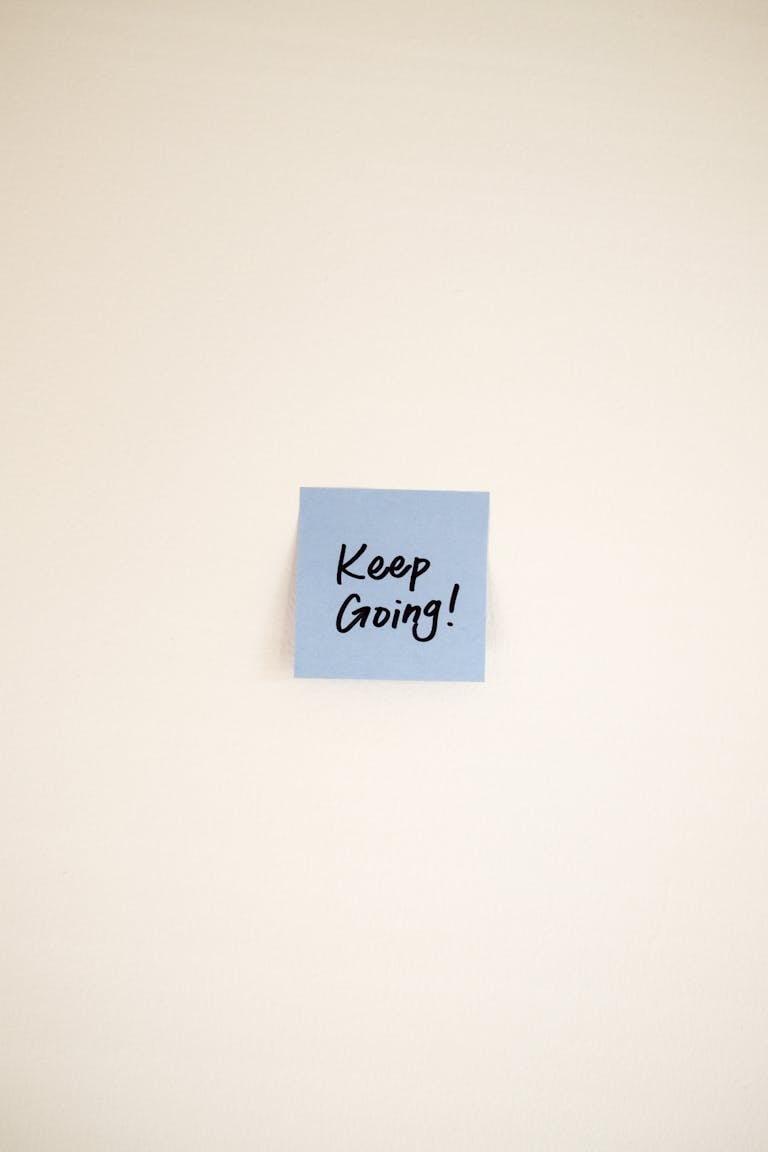Have you ever started a week full of motivation only to find yourself feeling scattered and unproductive by Friday?
You’re not alone.
One of the most powerful strategies to maintain momentum is setting weekly goals.
When done right, weekly goals provide clarity, focus, and a sense of accomplishment that propels you forward consistently.

1. Why Weekly Goals Work
While yearly or monthly goals are important, they can often feel distant. Weekly goals:
- Create urgency without overwhelming you.
- Offer flexibility to adjust quickly.
- Keep you aligned with your larger visions.
- Deliver regular dopamine hits from small wins.
Weekly goal-setting bridges the gap between long-term dreams and daily actions.
2. How to Set Effective Weekly Goals
Step 1: Reflect on the Bigger Picture
Start by revisiting your monthly or yearly goals.
Ask yourself:
“What can I accomplish this week that moves me closer to my bigger goals?”
This ensures your weekly efforts are aligned and meaningful.
Step 2: Be Specific and Actionable
Vague goals like “be productive” aren’t helpful.
Instead, aim for clear, measurable goals such as:
- “Write 3 blog posts.”
- “Complete 5 client calls.”
- “Go to the gym 4 times.”
Step 3: Limit Your Goals
Less is more.
Focus on 3–5 major goals each week to avoid overwhelm and maintain focus.
Step 4: Prioritize Ruthlessly
Not all goals are created equal.
Rank your weekly goals based on:
- Urgency
- Importance
- Potential impact
Tackle the most crucial ones first.
Step 5: Break Down Larger Goals
If a goal feels too big, break it down:
- “Launch new website” becomes:
- Choose a template.
- Write homepage copy.
- Set up hosting.
Micro-goals build momentum.
3. Tools for Weekly Goal Setting
Consider using:
- Planners: Physical or digital planners help you visualize tasks.
- Apps: Tools like Trello, Asana, or Todoist can organize goals.
- Bullet Journals: For creative, customizable goal tracking.
Choose a method that suits your style — simplicity is key.
4. Review and Adjust Weekly
At the end of the week:
- Celebrate completed goals.
- Analyze what worked and what didn’t.
- Carry over or revise incomplete goals.
Regular reflection turns weekly goal setting into a dynamic, evolving system.
5. Bonus Tips for Success
- Schedule Goal Time: Block time in your calendar specifically for goal-related tasks.
- Stay Flexible: Life happens. Adjust when needed without guilt.
- Visualize Success: Spend a few minutes daily imagining how achieving your weekly goals will feel.
- Stay Accountable: Share your goals with a friend, coach, or mastermind group.
Q: How many weekly goals should I set?
A: Aim for 3–5 major goals. Enough to challenge you, but not so many that you feel overwhelmed.
Q: What if I don’t complete all my goals for the week?
A: That’s okay! Reflect on what got in the way, adjust your approach, and roll incomplete goals into next week if still relevant.
Ready to boost your productivity?
Take 10 minutes right now to write down 3 goals you want to achieve this week — and set yourself up for success!

I’m EKBAL HOSSAIN MONDAL, the creator of SmartSolveTips.com — a blog dedicated to helping people improve productivity, avoid digital burnout, and live better online. With years of hands-on experience in self-development and digital wellness, I write practical tips and tools to help you stay focused and thrive in a fast-paced digital world.






